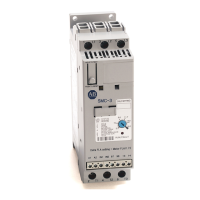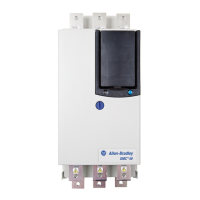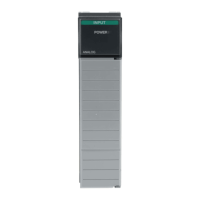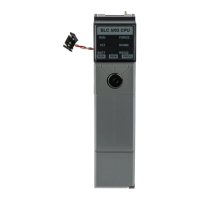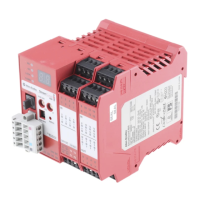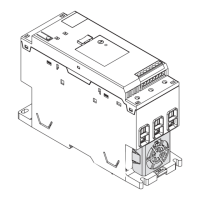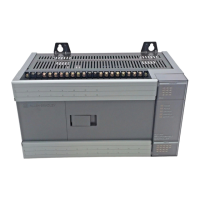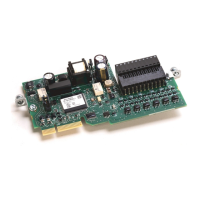86 Rockwell Automation Publication 1789-UM002K-EN-P - January 2015
Chapter 4 Communicate with Serial Devices
DF1 Point-to-Point Configuration
Example 2: Workstation
Remotely Connected to a
SoftLogix Controller
In this example, a workstation remotely connects to a SoftLogix controller over a
serial device. A modem is connected to the controller to provide remote access.
The workstation with the Logix Designer application must also have the
Logix5550
®
serial port driver installed through RSLinx software.
Field Description
Station Address The station address for the serial port on the DF1 point-to-point network. Enter a valid DF1 address (0…254). Address
255 is reserved for broadcast messages. The default is 0.
NAK Receive Limit Specifies the number of NAKs the controller can receive in response to a message transmission.
Enter a value 0…127. The default is 3.
ENQ Transmit Limit Specifies the number of inquiries (ENQs) you want the controller to send after an ACK timeout.
Enter a value 0…127. The default is 3.
ACK Timeout Specifies the amount of time you want the controller to wait for an acknowledgment to its message transmission.
Enter a value 0…32767. Limits are defined in 20 ms intervals. The default is 50 (1000 ms).
Embedded Response Specifies how to enable embedded responses.
Choose Autodetect (enabled only after receiving one embedded response) or Enabled. The default is Autodetect.
Error Detection Choose BCC or CRC error detection.
Configure both stations to use the same type of error checking.
BCC: the controller sends and accepts messages that end with a BCC byte for error checking. BCC is quicker and easier to
implement in a computer driver. This is the default.
CRC: the controller sends and accepts messages with a 2-byte CRC for error checking. CRC is a more complete method.
Enable Duplicate Detection Choose whether the controller should detect duplicate messages. The default is duplicate detection enabled.

